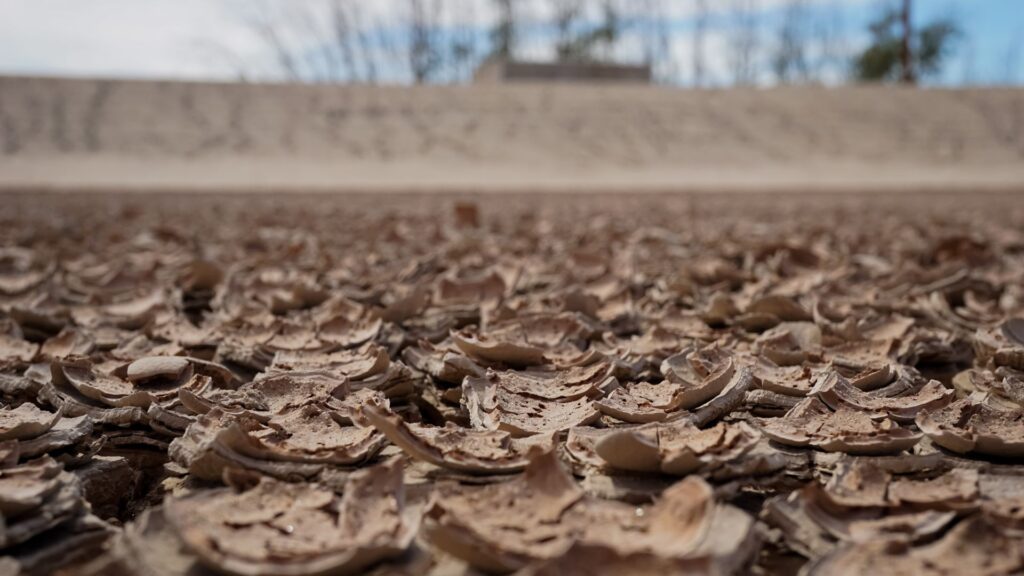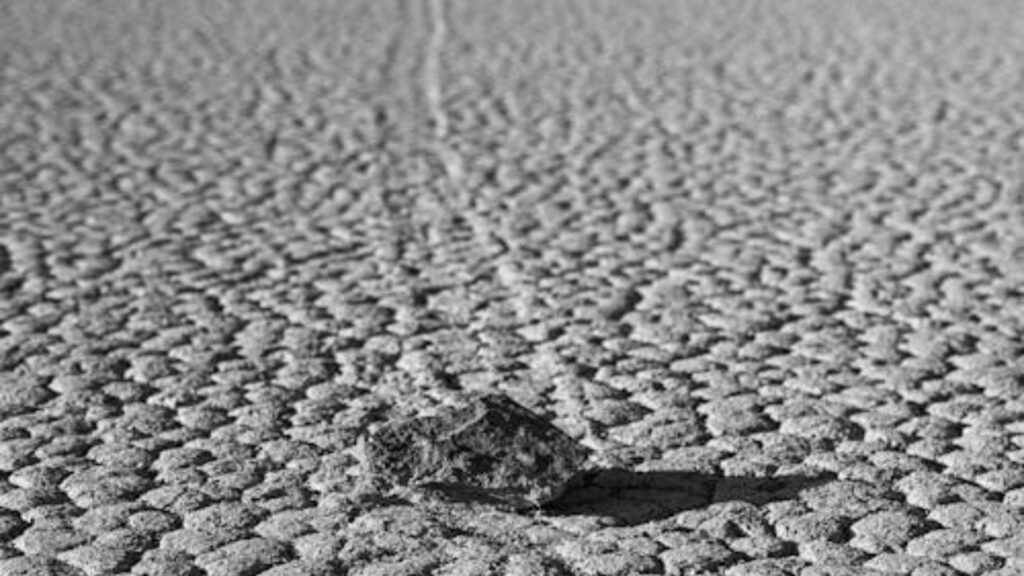
In New Mexico’s White Sands National Park, archaeologists have uncovered a set of mysterious tracks that could belong to the world’s oldest “vehicle.” These ancient drag marks, etched into the floor of a lakebed that has been dried for years, suggest that humans living more than 20,000 years ago built simple tools to haul heavy loads across the landscape. It may be one of humanity’s first attempts at transportation.
A Stunning Discovery

What makes this discovery so fascinating is what surrounds those drag marks—human footprints. The grooves stretch for more than 150 feet in some areas, running right beside footprints that have been preserved. Researchers believe the marks were made by wooden frames or poles lashed together, or early versions of “sleds.” They believe people pulled behind them to carry supplies, food, or even firewood. When scientists recreated these tools and dragged them through wet sand, the results were nearly identical to the ancient tracks.
Proof of Early Ingenuity

This find paints a remarkable picture of early human life. Long before the wheel was invented, people were problem-solvers, figuring out how to make their lives just a little easier. These marks suggest that Ice Age humans didn’t just walk everywhere—they built tools to share the load and travel more efficiently. It also hints at teamwork and community, with groups likely working together to move their belongings across the tough terrain.
The Age-Old Debate

Not everyone agrees on exactly how old the tracks are. Most scientists estimate them to be around 21,000 to 23,000 years old—an age that challenges long-held beliefs about when humans first arrived in the Americas. A few experts think the markings might be younger, but even skeptics agree on one thing: the tracks were made by people using some kind of tool or device to drag materials.
Rewriting Human History

This discovery is more than just an archaeological curiosity—it’s a window into human creativity. It reminds us that innovation didn’t start with the wheel or the plow; it started much earlier, with people using what they had to make life a little better. The world’s oldest “vehicle,” found beneath the sands of New Mexico, is a testament to human resilience and the unending drive to move forward—literally and figuratively—since the very beginning.
